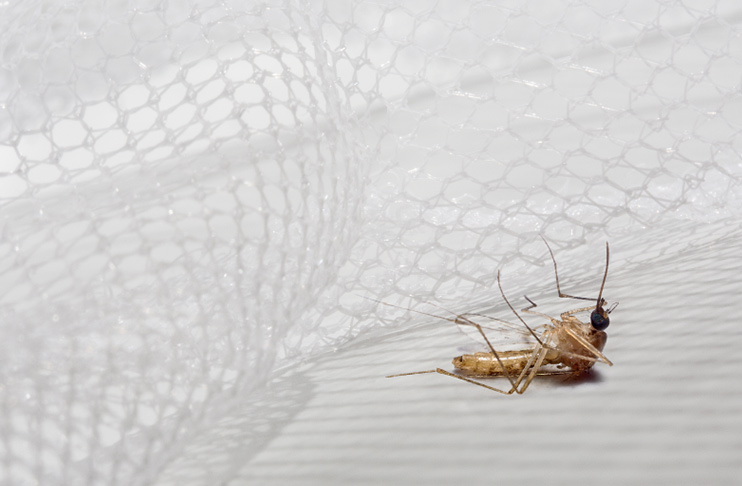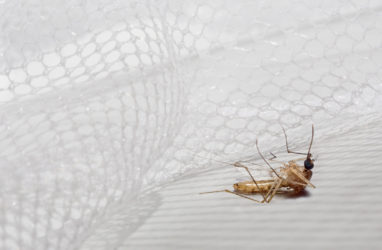
How Specials Fibers are Helping to Combat Malaria? – Have a guess: Which animal is the world’s deadliest? Most people probably think of predators like sharks or lions. Some might even say hippos, but the answer is an insect that often goes unnoticed. With a weight of only 2.5 milligrams mosquitos may seem unimpressive but in reality are among the deadliest species in the world. The tiny arthropods are responsible for the spread of malaria, which poses a serious problem globally, especially in the sub-Saharan region.
The infectious disease is caused by one-celled parasites transmitted by the bite of a female Anopheles mosquito. In order to develop, these parasites require two separate hosts: The mosquito as the main host, and humans as intermediate hosts. Each host enables the parasite to develop a new stage of life, which is referred to as a cyclical exchange.
Although the fight against malaria has been making strides, there were more than 200 million cases and 450 000 deaths globally in 2016, and billions of people, especially children and people with weakened immune systems, are still at risk.
“One major challenge in the global fight against malaria is that mosquitos have become resistant against insecticides due to decades of overexposure.”
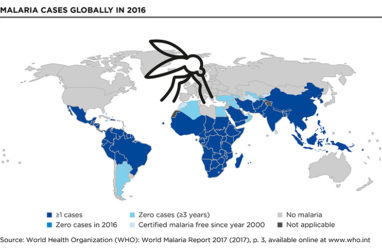
According to the World Health Organization (WHO), the best protection against the tiny transmitters consists of indoor insecticidal sprays and insecticide-treated mosquito nets, measures also known as “vector control”. Both are easy to use and can be distributed at relatively low costs, but the challenge when insecticide-treated nets were first introduced was to maintain its insecticide properties. Nets had to be re-impregnated with insecticide every 6 months to maintain efficacy, a considerable logistical challenge in rural areas, not to mention the periods that left many unprotected while nets were drying.
To extend efficacy time, in the 2000s Long Lasting Insecticidal Nets (LLIN) made of synthetic fibers entered the market where the insecticide is either directly impregnated into the yarn or applied as a coating, making the protection much more durable.
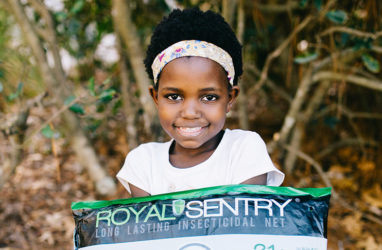
A sophisticated process
To further extend LLIN lifespans, Clariant applied its expertise in adding functionality to synthetic fibers to develop the CESA® antimosquito masterbatch. This masterbatch is based on a polyethylene that’s mixed with additives and a pyrethroid insecticide. What makes Clariant’s technology special is the way in which the insecticide is blended into the masterbatch, allowing a permanent but slow release to the surface — just enough to kill any mosquito by contact.
Clariant’s innovation also ensures the fiber’s molecules are oriented in an optimized fashion, making yarn featuring CESA® masterbatches exceptionally dense and wear-resistant, and minimizes the amount of insecticide lost in each wash. This wear resistance is especially important since even small holes in the net can allow mosquitos through.
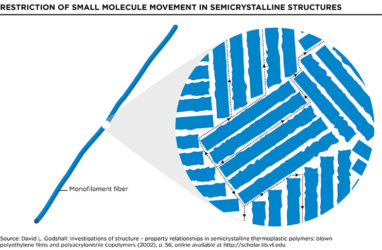
One example of CESA® masterbatch’s use is in Disease Control Technology (DCT)’s LLINs, distributed under the trade name “Royal Sentry®”. These nets’ long lasting efficacy has been helping to make malaria control; more economical and ecological for more than a decade. Royal Sentry LLIN products provide 30+ wash durability and regain full efficacy within 24 hours of washing; which is more performant than the average LLIN.
How Specials Fibers are Helping to Combat Malaria? Long-term commitment required
One major challenge in the global fight against malaria; is that mosquitos have become resistant against insecticides due to decades of overexposure. One solution is for insecticide producers to rotate through different kinds of insecticidal active ingredients in their products; thereby preventing resistance from building up. But this is technologically impossible for insecticide-treated mosquito nets; since pyrethroids are the only group of insecticides approved for use by the WHO.
“At Clariant we are taking this situation seriously”, says Francis Baud, Head Global Marketing Fibers at Clariant. In collaboration with partners he has been working on an innovative non-pyrethroid insecticide that can integrate into the CESA® masterbatch. The new product is currently going through WHO prequalification testing, which is expected to be completed in 2020.
The commitment will not stop after that. Through material science and chemical advances, Clariant continues to contribute to the fight against malaria in an environmentally friendly way. Clariant is collaborating with partners such as the WHO, IVCC, RBM and Swiss Malaria Group to name a few. With the WHO targets to reduce malaria cases by 90% globally by 2030; such partnerships and innovations are more critical than ever.
Images and articles copyright Clariant / Disease Control Technology
Turkish translation copyright Textilegence


